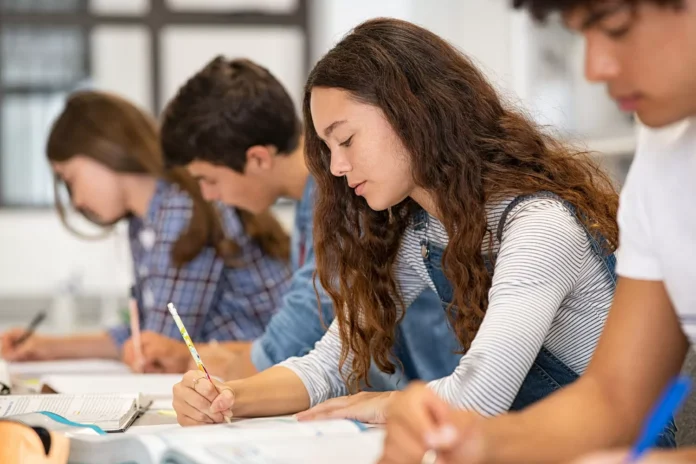A recent study conducted by the National Bureau of Economic Research (NBER) has shed light on an intriguing insight – the perception of a “good” school is heavily influenced by the preparation of the students entering it. The study, which was conducted across various schools in the United States, has revealed some fascinating findings that have ignited discussions and debates about the current education system.
Traditionally, the success of a school has been measured by metrics such as test scores, graduation rates, and college acceptance rates. These indicators have often been used to categorize schools into “good” and “bad.” However, the NBER study challenges this notion and suggests that a more comprehensive understanding of a school’s success should be based on the quality of students it admits.
The study found that schools with higher-achieving students are perceived to be “good” schools, regardless of the school’s academic offerings or resources. This means that a school with high-performing students will be seen as successful, even if it lacks advanced courses or experienced teachers. On the other hand, a school with below-average students will be perceived as a “bad” school, despite having excellent academic programs and facilities.
The findings of this study highlight the significance of the students’ backgrounds and preparation in determining the success of a school. It also raises questions about the role of the education system in providing equal opportunities to all students and the impact of socioeconomic factors on a student’s academic performance.
One possible explanation for this phenomenon could be the resources and support that high-performing students receive outside of school. Parents and caregivers of these students often have the means and awareness to provide them with additional academic assistance, such as tutoring or enrollment in extracurricular classes. This additional support can contribute significantly to a student’s academic success, leading to a better perception of the school they attend.
The NBER study also found that the perception of a school is linked to the expectations and preconceived notions of the community in which it is located. For instance, a school situated in an affluent neighborhood is expected to have higher-performing students due to the perceived advantages they may have. Similarly, schools in low-income communities may not receive the same recognition, even if they have improved their academic programs and student performance.
This perception of “good” schools has implications beyond just labeling them as successful. It can also affect a school’s funding, enrollment, and overall reputation. Schools that are perceived to be “bad” may struggle to attract students and resources, leading to a lack of opportunities for their students. This creates a vicious cycle, where students from underprivileged backgrounds are unable to access quality education, which could help break the cycle of poverty.
The study’s findings also have significant implications for educators and policymakers. It highlights the need to focus on improving the quality of education, not just at the school level but also at the individual student level. There is a pressing need to provide additional support and resources to students from disadvantaged backgrounds to help level the playing field.
Moreover, it calls for a more comprehensive understanding of a school’s success, beyond just test scores and graduation rates. Schools that are making a positive impact on their students, despite the challenges they may face, need to be recognized and supported.
In conclusion, the NBER study has shed light on the impact of students’ preparation and backgrounds on the perception of a “good” school. It highlights the need for a more nuanced understanding of a school’s success and the role of external factors in a student’s academic performance. As a society, we need to recognize and address the disparities in education, to provide equal opportunities for all students and break the cycle of inequality.

